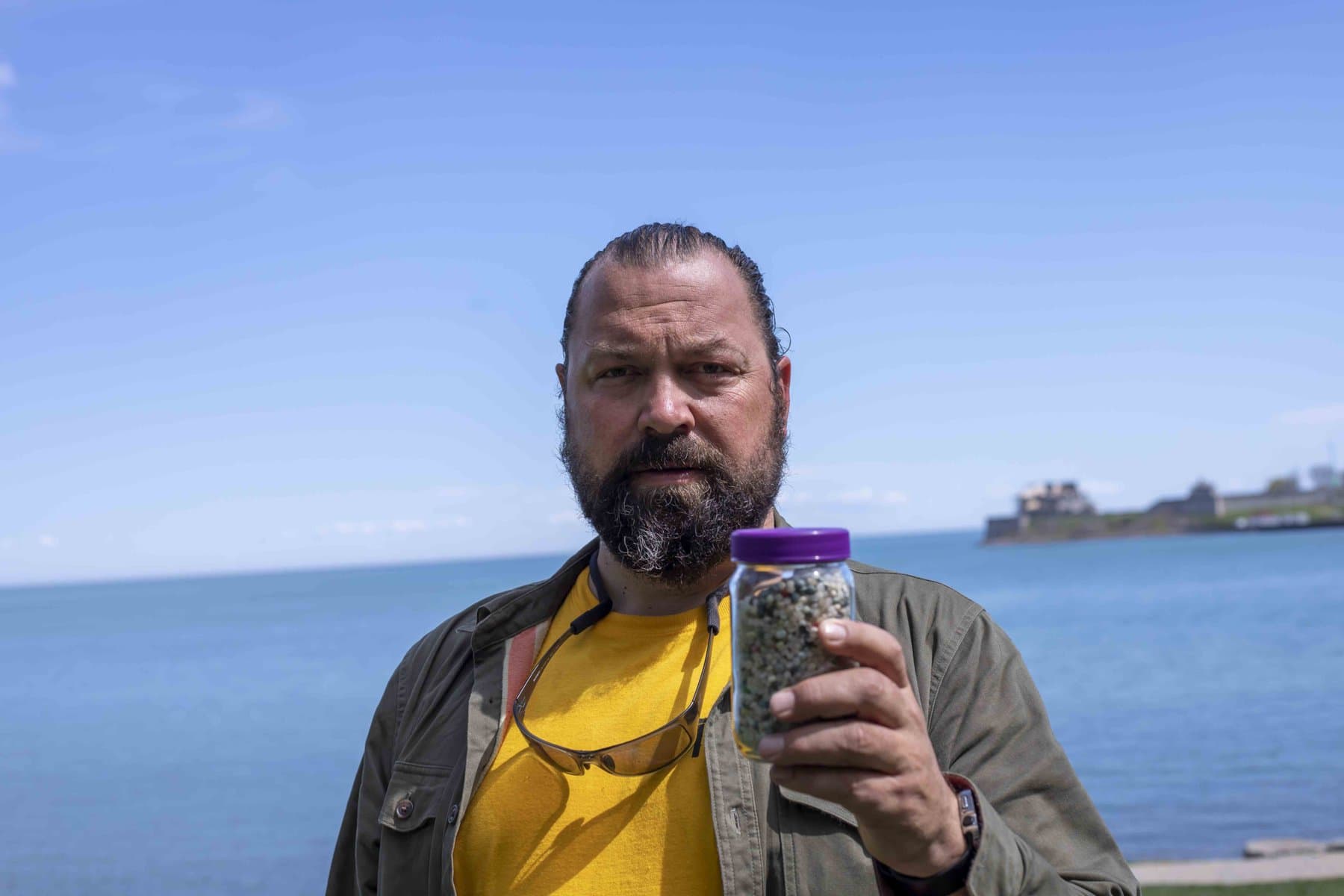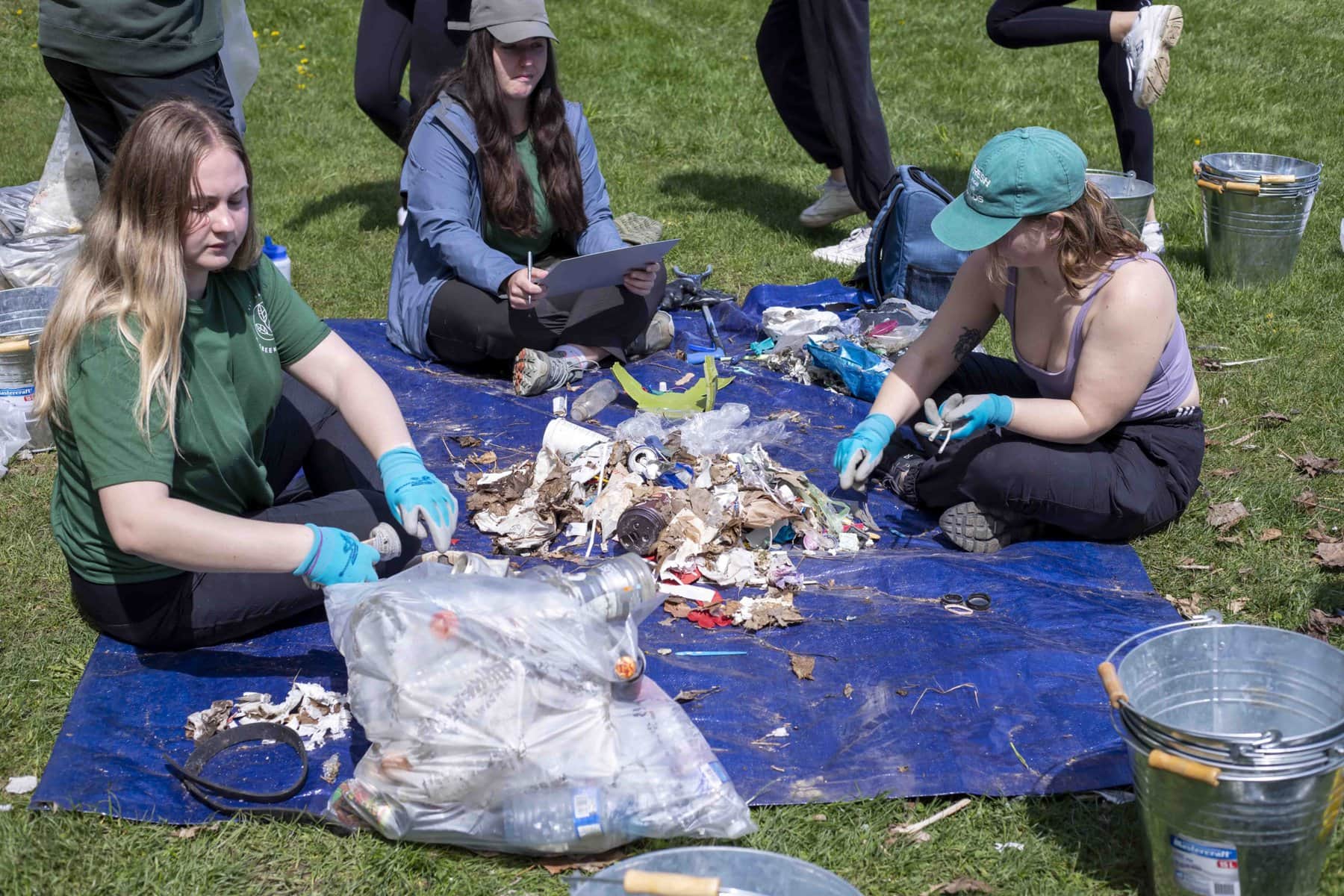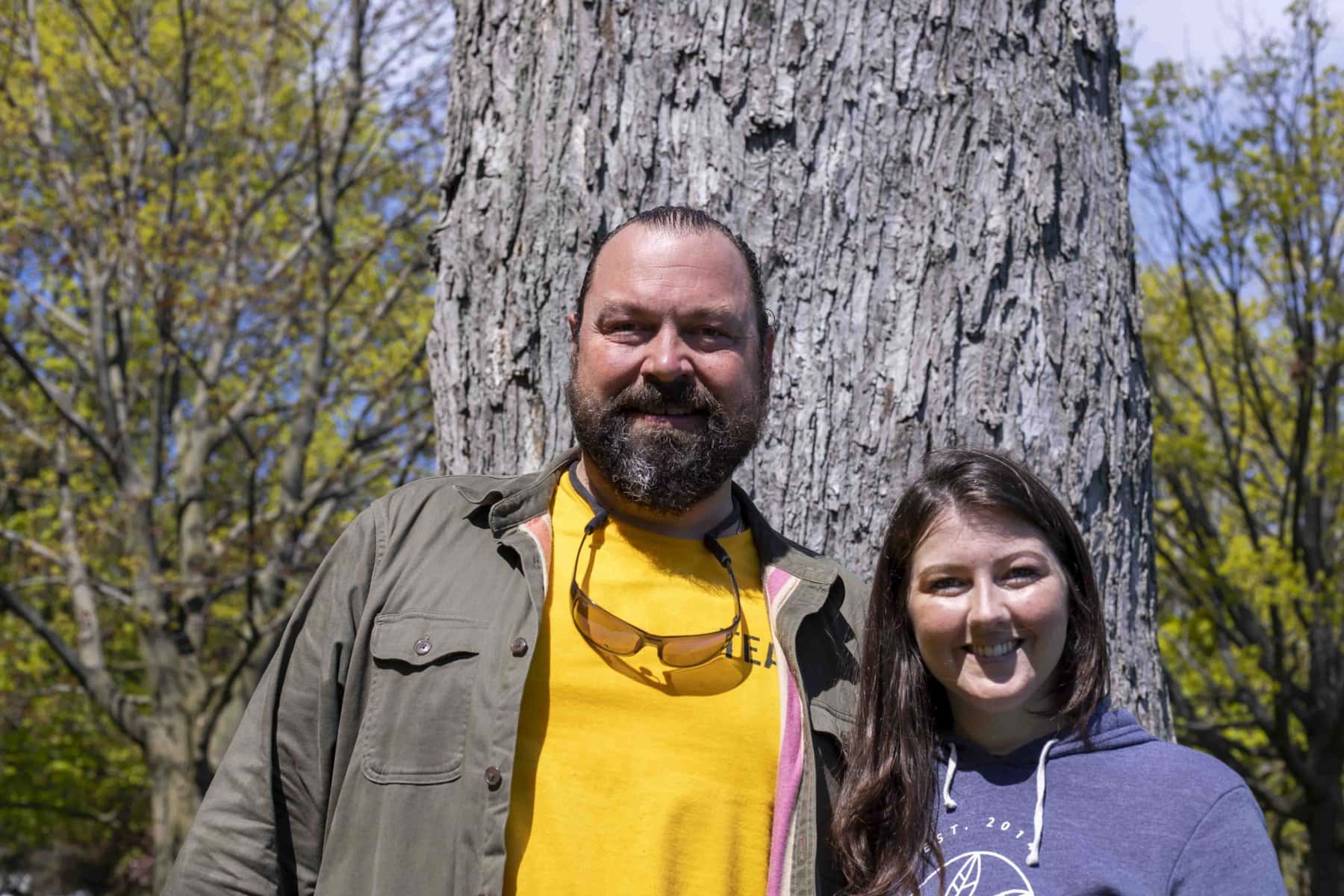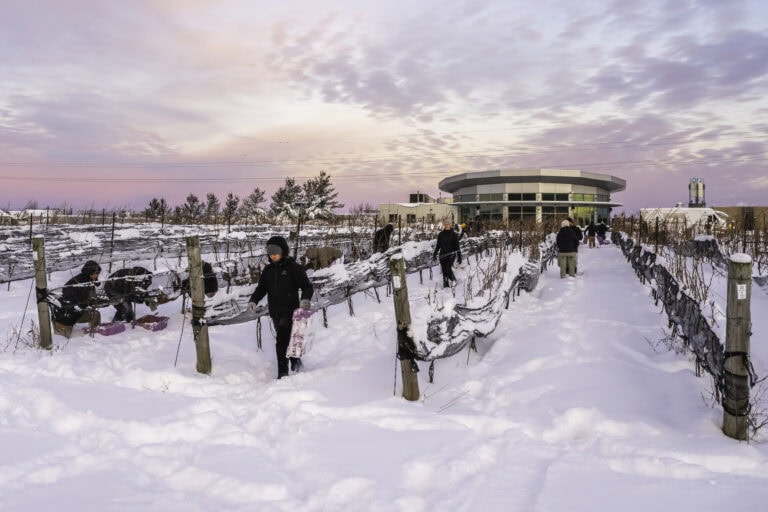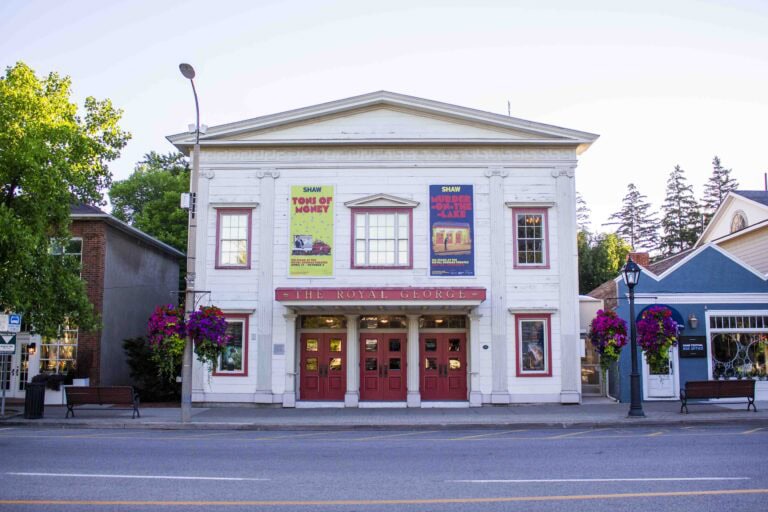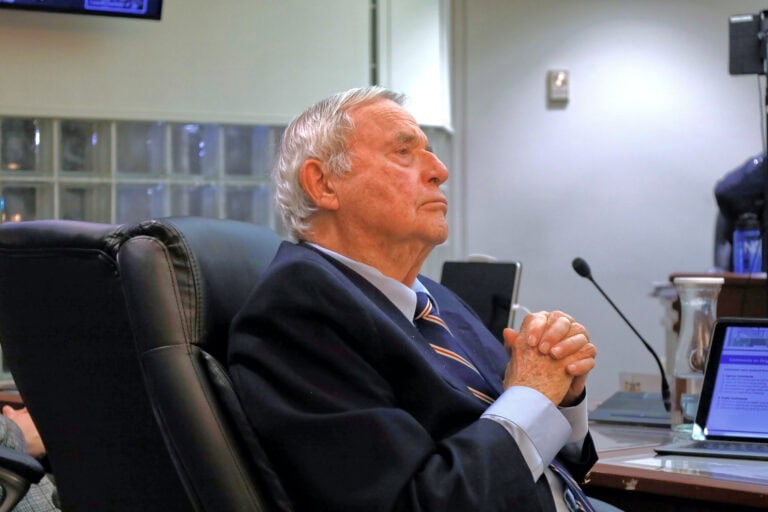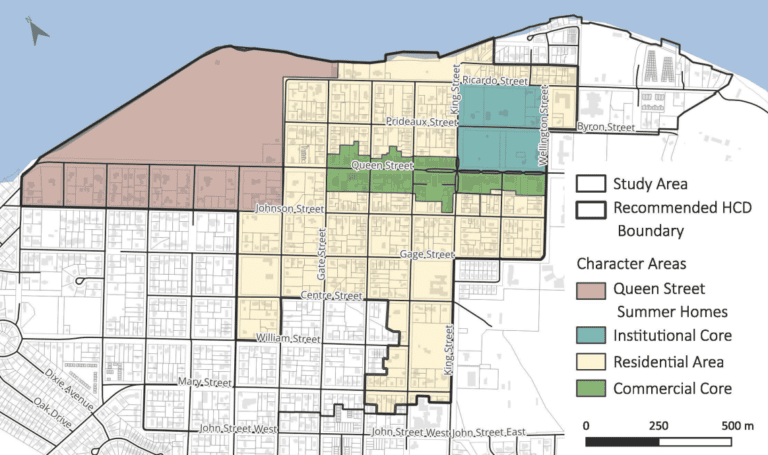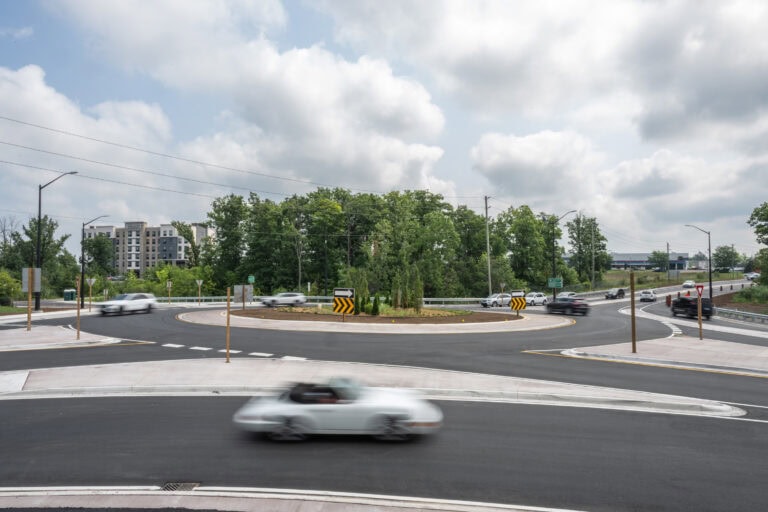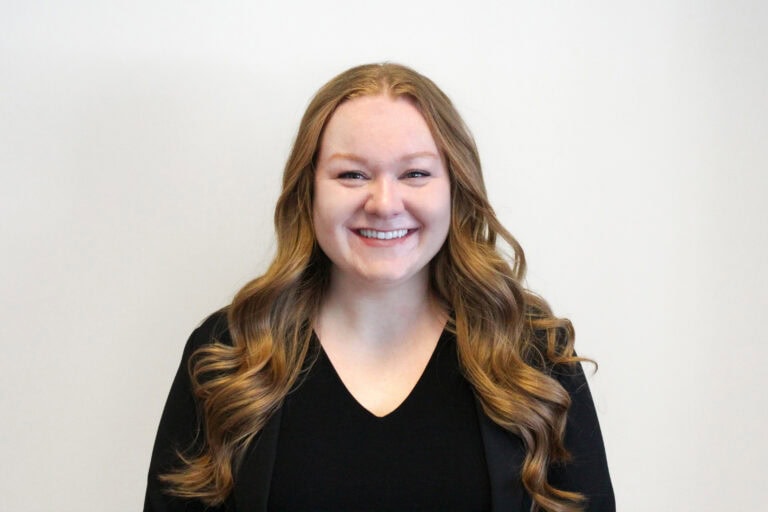This story has been updated to correct some incorrect information provided regarding the items recovered. Also, Tim Balasiuk did not start the Love Your Lakes campaign.
Bicycles, brake discs, car parts, lawn chairs and oil drums: Over the years, Tim Balasiuk said he’s found some odd stuff in Lake Ontario.
The NOTL town councillor owns Paddle Niagara and spends most of the tourist season out on the water.
“No one really sees the garbage as much as I do, being down here every day all summer long,” Balasiuk said.
After a blindingly bright sunny Saturday at Queen’s Royal Park, he and a team of volunteers managed to clean up 3,288 pieces of trash from NOTL’s beachfront.
This year, 39 volunteers took part in the Love Your Lakes cleanup.
Altogether, they gathered 19 kilos of trash – enough to fill nine garbage bags. Among the items were a lawn chair, a construction sign and a large piece of cardboard.
Balasiuk was on hand on May 6 with Rochelle Byrne, founder of A Greener Future, which runs the Love Your Lakes beach cleanup program.
Byrne started the beach cleanup program in 2016 and Balasiuk came on board with Paddle Niagara in 2018.
Balasiuk said he’s been doing cleanups with a few friends since as early as 2012, but said it was a pretty casual effort at first.
Together, he and his friends would go out kayaking or stand-up paddling and they would pick up whatever trash they found and haul it back to shore.
It wasn’t until Balasiuk met Byrne that he started focusing more on microplastics.
Byrne was at the beach Saturday morning with five workers, all of whom were counting the items being collected by volunteers.
Byrne said what washes ashore is just a small fraction compared to what sinks to the bottom.
“We collect a lot, but it’s not nearly comparable to what’s out there,” she said.
Microplastics come from plastics that break down in the water and form smaller pieces, which wildlife can mistake for food, she said.
Byrne said the team is often on the hunt for little plastic pellets used in manufacturing.
They didn’t find any on Saturday, but Byrne said they are found throughout the Great Lakes and their connecting rivers.
Of all the trash they picked up, Byrne said 803 pieces were random pieces of plastic – the most of any single item they found.
Following that, the next major pollutants were cigarette butts (536 pieces), food wrappers (428), foam pieces (333) and paper scraps (222).
Also notable were plastic bottle caps (173), plastic bags (109), plastic bottles (102), plastic lids (52) and plastic cups (29), all of which were separate from the 803 pieces of uncategorized plastic that was recovered.
Byrne said she’s found some gross stuff in the water.
“We’re finding things like tampon applicators, condoms, syringes – like – compact toilet paper. That all washes up on the shore,” she said.
That is because sewage treatment plants will occasionally overflow into the lakes and rivers during large rain storms and snow melts, she said.
Despite the amount of litter in the lakes, Byrne said beach cleanups give her a sense of accomplishment.
“I found when I went out and did a litter cleanup, you could see the results instantly,” Byrne said.
For her, it is a tangible difference she can make in the community.



